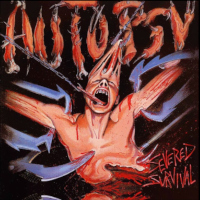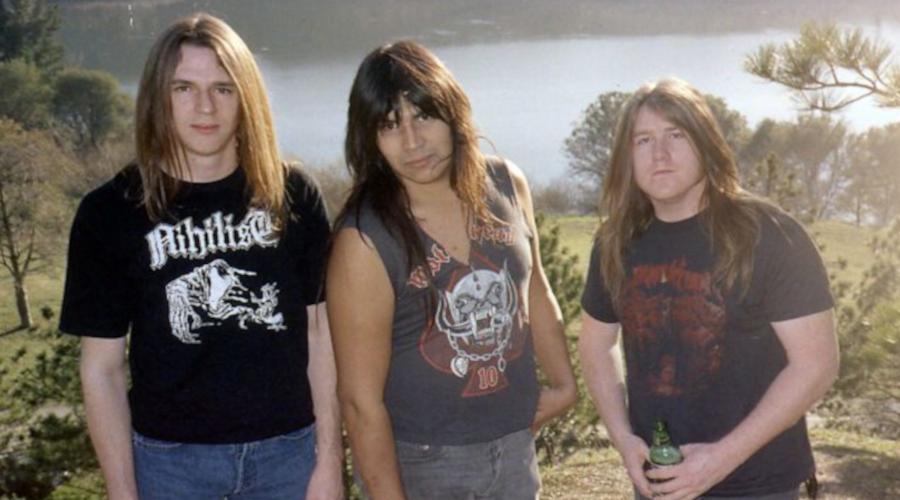The Early History and Formation of Autopsy
Autopsy is one of the most influential death metal bands in history, known for blending death metal brutality with eerie, doom-laden riffs. This article explores the band’s origins, early demos, and their impact on the metal underground.
Formation of Autopsy (1987)
Autopsy was founded in August 1987 in Northern California by Chris Reifert (vocals/drums) and Eric Cutler (guitars). Reifert had recently left Death after recording their iconic debut, Scream Bloody Gore, choosing to stay in the Bay Area rather than relocate to Florida. Teaming up with Cutler, the duo aimed to create music that was darker, heavier, and more unrelenting than anything else in the scene.
Early Demos and Lineup
In their first year, Autopsy recorded Demo ’87, establishing their reputation in the underground tape-trading circuit. In 1988, guitarist Danny Coralles joined, forming the classic trio that would define Autopsy’s sound. They soon recorded their second demo, Critical Madness, which showcased their trademark mix of fast death metal riffs and crushing, doom-tinged sections.
The name “Autopsy” was chosen after the band came across the term in a newspaper article — it perfectly matched their obsession with horror, death, and gore.
Musical Style and Influences
Autopsy quickly stood out by mixing thrash-influenced death metal with slower, dirge-like passages. Their early work was grim, raw, and deliberately grotesque — setting them apart from the speed-oriented Bay Area thrash scene. Lyrically, the band focused on themes of horror, disease, and decay, crafting a sonic atmosphere that was as disturbing as it was heavy.
Signing with Peaceville Records
In 1989, Autopsy signed with Peaceville Records, a partnership that would cement their place in extreme metal history. That same year, they released their groundbreaking debut album, Severed Survival. The record fused blistering death metal with creeping, doom-laden sections and became an underground classic, influencing countless death metal and death-doom acts.
 |
For a more detailed dissection of Autopsy’s first album click on the album covers |
Retribution for the Dead & Mental Funeral
Autopsy’s next release, the Retribution for the Dead EP, showed an even greater embrace of slow, crushing riffs. This paved the way for their 1991 masterpiece, Mental Funeral, widely regarded as one of the most important death metal albums ever recorded. The record was darker, heavier, and more atmospheric, solidifying Autopsy’s unique approach to death metal.
Challenges and the Bay Area Scene
Despite hailing from the Bay Area — home to many thrash legends — Autopsy went in a different direction, favoring suffocating heaviness over speed. Building an audience was challenging, but the band gained a loyal following through relentless tape trading, fanzines, and underground shows. Their raw, uncompromising sound became a rallying point for fans seeking something darker than thrash metal.
Legacy of the Early Years
Autopsy’s early work remains crucial to the evolution of death metal. Severed Survival and Mental Funeral are considered genre-defining releases that inspired later death-doom bands and helped shape the darker side of extreme metal. Their willingness to experiment with tempo, atmosphere, and morbid lyrical themes made them pioneers, proving that death metal could be just as effective at a slow, suffocating crawl as it was at full speed.
